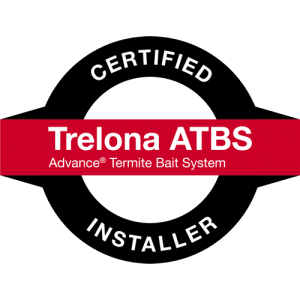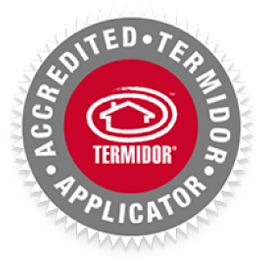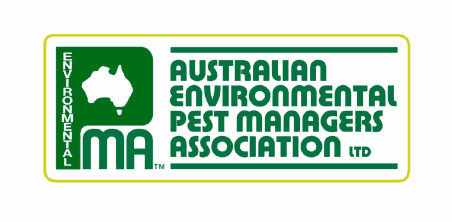Termites Red Hill, Brisbane Northside, Queensland
Since 2006, Conquer Termites Northside have offered expert termite services to Red Hill. We have 8 termite technicians local to Red Hill. Each of our technicians is expert trained, are family men and women with the latest termite detection equipment and hand picked for trust. Conquer Termites Northside have over 200 5 star reviews as evidence of the top level service you can expect. Underpinning this is our guarantee*.
Direct your questions to us on 07 3356 8801 or complete our enquiry form.
Termite services for Red Hill include:
Red Hill termite inspections
Termite barriers Red Hill
Termite eradication in Red Hill
Pre-purchase inspections in Red Hill
Australian Standard pre-construction termite treatments for renovations and extensions
White ants and termites are the same! White ants undetected can cause up to $1000 in structural damage to your home in a week.
For all your termite and pest problems call Conquer Termites Northside during office hours on (07) 3356 8801.
Red Hill Termite Treatments
Street Date Treated
Enoggera Terrace Red Hill 2020
Lintern St Red Hill 2020
Stoneleigh St Red Hill 2020
Kent St Red Hill 2020
Cook St Red Hill 2019
Dover St Red Hill 2019
Kent Street Red Hill 2019
Cook St Red Hill 2019
Mornington St Red Hill 2019
Dover St Red Hill 2017
Red Hill Termites Inspections Data
Metric Rating (1 Low - 10 High)
Forestry index 4 - parks and forestry scattered
Water index 6 - some creeks and waterways evident
Paperbark index 4
Gumtree index 5
Density 3
Developed 1930 – 1950
Did you know this about Red Hill?
Red Hill is very hilly and mainly residential. Red Hill was named as described and discovered.










